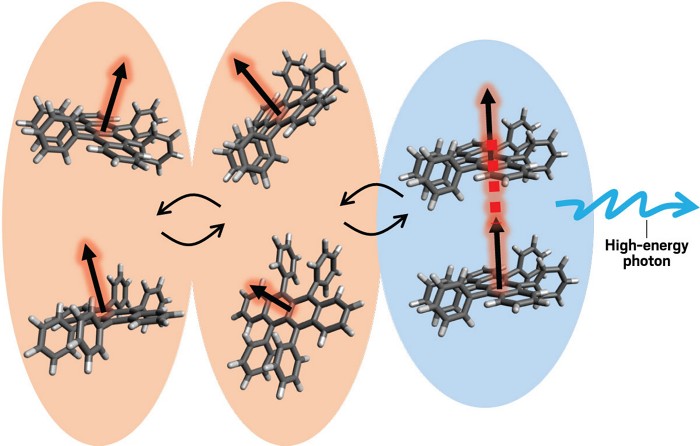Advertisement
Grab your lab coat. Let's get started
Welcome!
Welcome!
Create an account below to get 6 C&EN articles per month, receive newsletters and more - all free.
It seems this is your first time logging in online. Please enter the following information to continue.
As an ACS member you automatically get access to this site. All we need is few more details to create your reading experience.
Not you? Sign in with a different account.
Not you? Sign in with a different account.
ERROR 1
ERROR 1
ERROR 2
ERROR 2
ERROR 2
ERROR 2
ERROR 2
Password and Confirm password must match.
If you have an ACS member number, please enter it here so we can link this account to your membership. (optional)
ERROR 2
ACS values your privacy. By submitting your information, you are gaining access to C&EN and subscribing to our weekly newsletter. We use the information you provide to make your reading experience better, and we will never sell your data to third party members.
Photonics
Chemistry In Pictures
Chemistry in Pictures: A little light drawing
by Craig Bettenhausen
September 5, 2019


Molecules that change color in response to light have been around for quite some time. But using them in color-changing lenses and windows or other applications can be tricky because many of these molecules are plagued with one weakness or another, such as thermal instability or an inability to switch in the solid state. A group at Dartmouth College, the University of Bologna, and the European Laboratory for Non-linear Spectroscopy came up with a hydrazone-based molecule (shown) that they say “packs most, if not all, the desired, targeted, and sought-after traits from photochromic compounds.” For example, the new compound is easily synthesized, active in a range of solutions and solid-state dispersions, and stable in air. To demonstrate its prowess, they drew this cute sailing scene in a toluene solution of the compound (video sped up for file size reasons).
Credit: J. Am. Chem. Soc. 2019, DOI: 10.1021/jacs.8b07108
Do science. Take pictures. Win money. Enter our photo contest here.
Related C&EN Content:




Join the conversation
Contact the reporter
Submit a Letter to the Editor for publication
Engage with us on Twitter